
The spread of the coronavirus (COVID-19) has left state and local governments in the precarious position of re-opening the economy in the safest way possible. The largest spike of reported cases in a single day occurred earlier in the year on April 6th when the CDC recorded a whopping 43,438 new infections. And despite a brief lull in cases as stay-at-home orders were enforced, the infection rate is beginning to climb again as everyone is trying to get back to some semblance of regular life.
So what does that mean for you? How can someone stay safe as quarantine regulations get relaxed? It all starts with knowing the risks and how you can do your part to prevent transmission.
1. Risk Factors
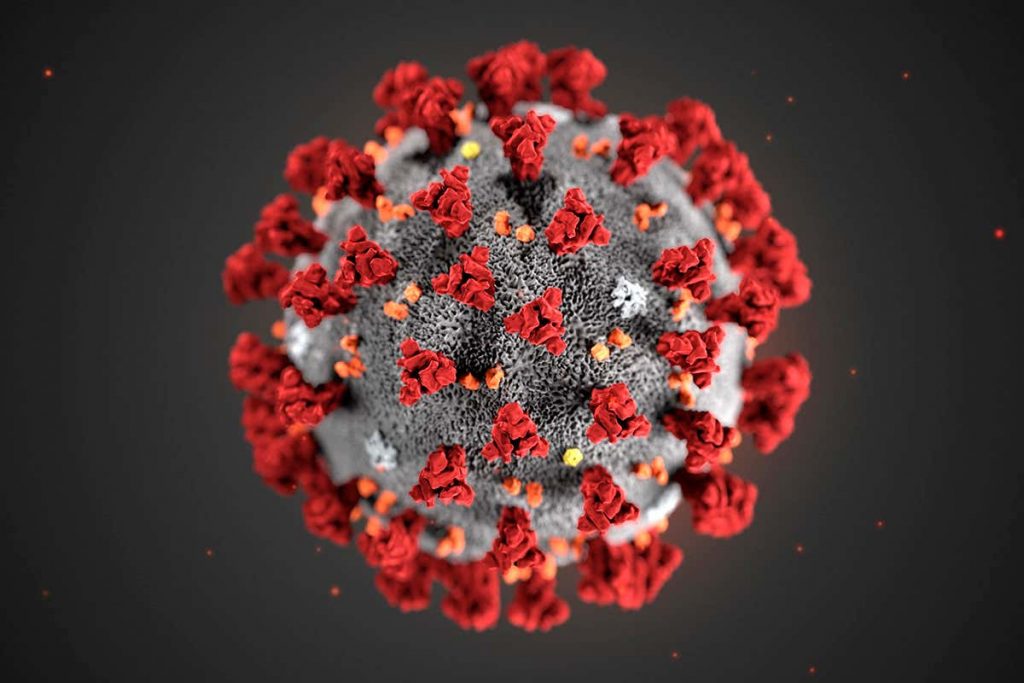
Being near others is the biggest risk factor associated with COVID-19. The virus is thought to spread through small droplets released in the air from the nose or mouth by sneezing, coughing, speaking, or breathing. This poses a risk to anyone within close enough range to swallow or inhale these infectious droplets. Since the virus is thought to be spread directly from person-to-person in most cases, limiting contact with other people is the best way to prevent the spread of COVID-19.
The CDC has also made it known that individuals with certain underlying conditions may be at a greater risk for developing serious complications as a result of contracting COVID-19. Conditions advised to be at a greater risk for complications include advanced age, asthma, and any other condition which may compromise the immune system.
2. Coronavirus Safety
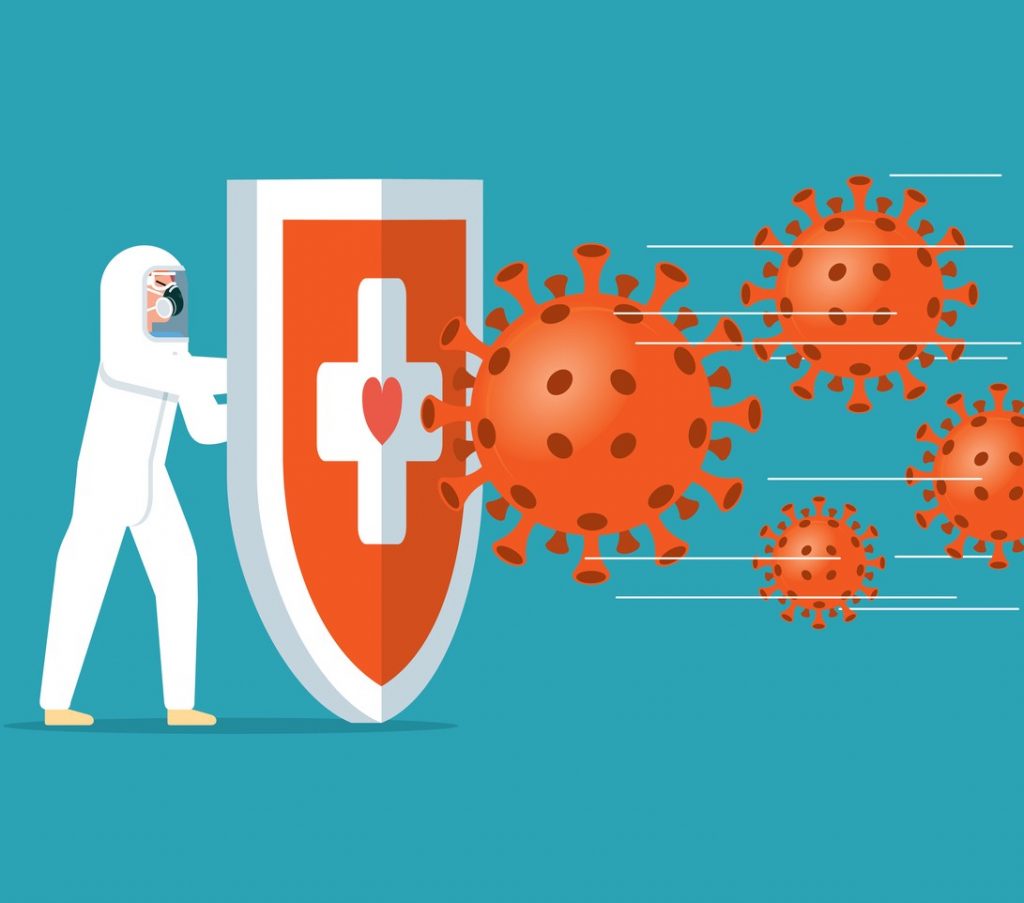
As businesses reopen and the world looks ahead to a new normal, it is more important than ever to put safety first when out and about. Though not everyone may be returning to business as usual just yet, almost everyone will find a need to venture out into the world from time to time for shopping and other essentials. These top safety tips can be applied anywhere from the grocery store to the daily grind!
3. Practice Social Distancing
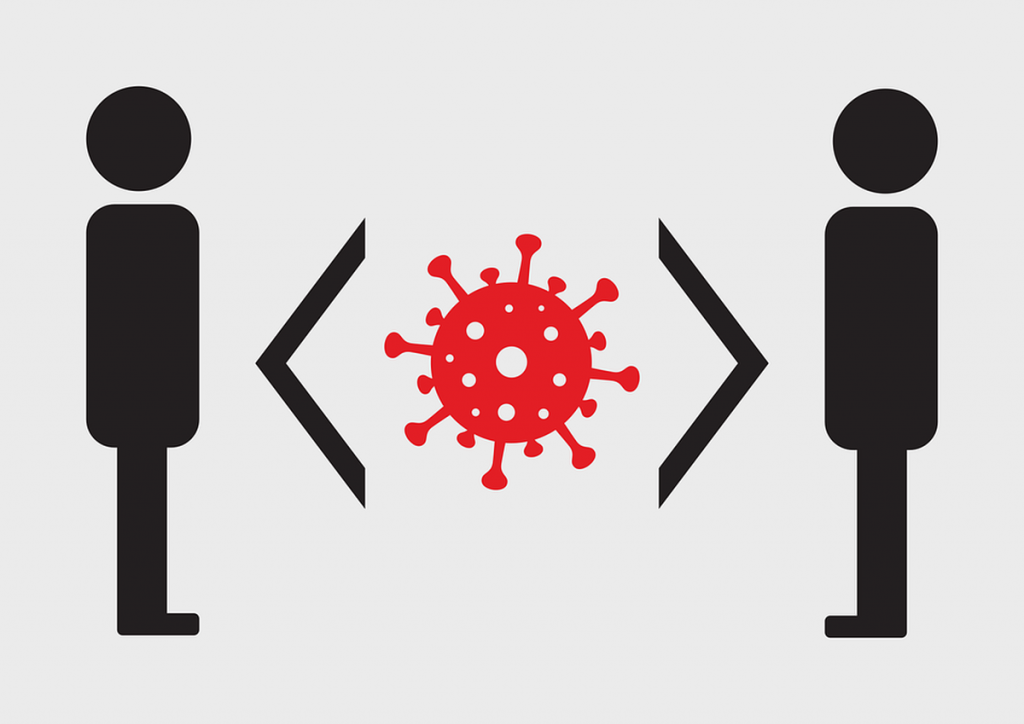
Social distancing is key in slowing the spread of the novel coronavirus. CDC guidelines recommend keeping a safe distance of six-feet from others whenever possible. Keeping this distance is thought to reduce the potential for unknowing exposure to the virus through hosts that may appear to be without symptoms. The possibility of a pre-symptomatic or asymptomatic individual to pass the virus along before (or without ever) developing symptoms make it each individual’s responsibility to do their part by avoiding close contact with others.
4. Wear a Mask
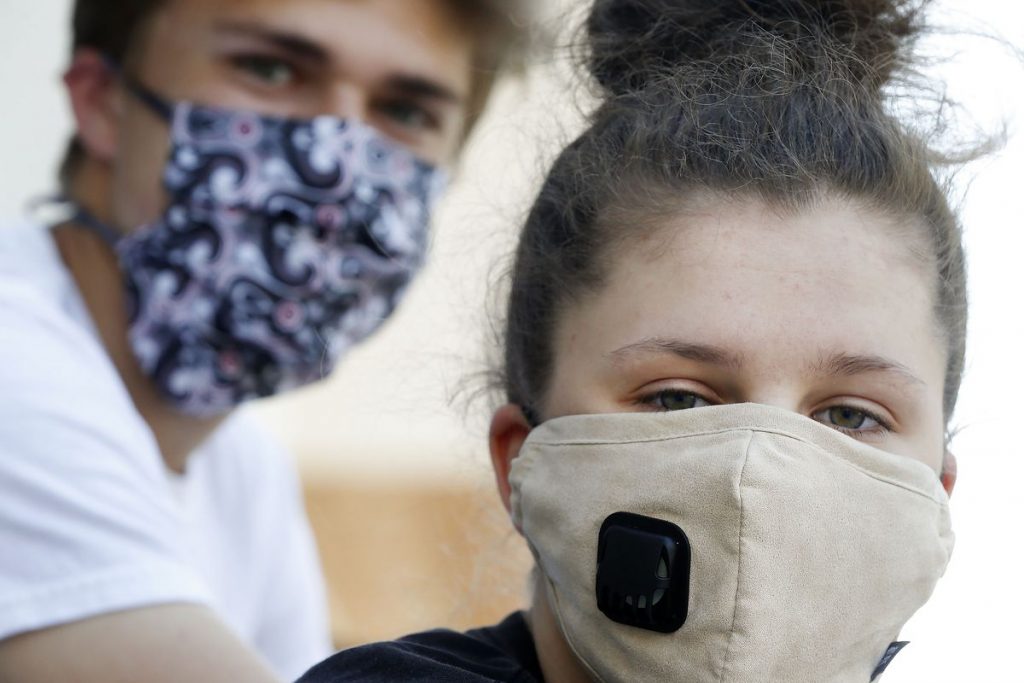
In situations where social distancing is impractical, wearing a cloth mask is an essential safety tip. Workers employed in industries known for close and personal contact with clients have an elevated risk of contracting the virus and should be especially cautious about wearing a mask and ensuring that clients are aware of the expectation that they should wear one as well. The consistent use of masks by employees and patrons of any venue may greatly reduce the possibility of spreading contaminated particles by nose or mouth.
5. Wash Hands Frequently
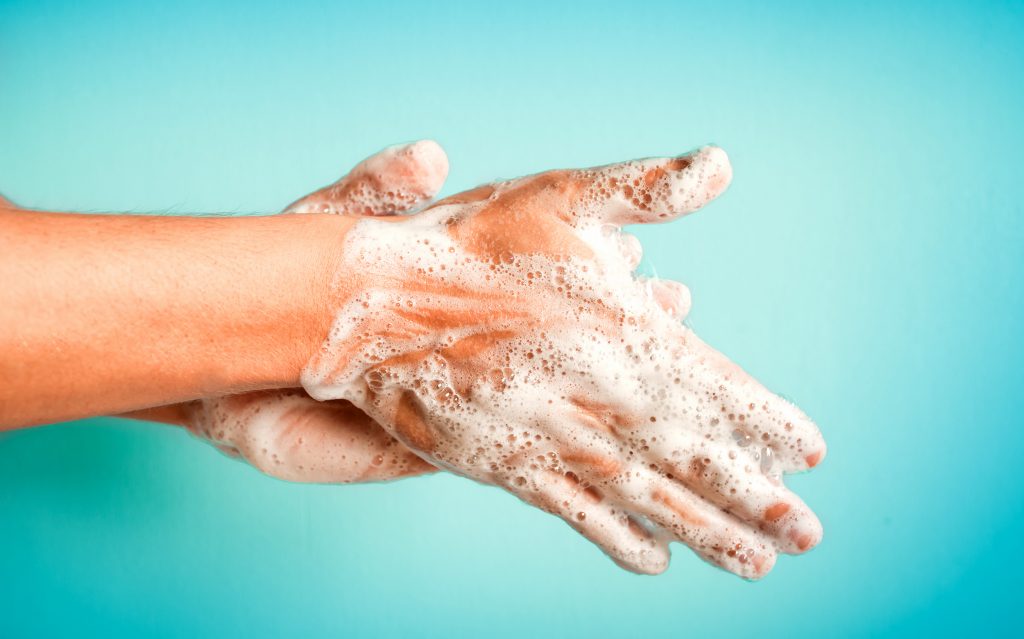
As simple as it may seem, frequent handwashing remains one of the best preventative measures against the virus. The Mayo Clinic suggests that hands be lathered with soap and washed in warm or cold water in a process that should take at least twenty seconds. A fun and easy way to get a thorough wash are to find a chorus or snippet of a favorite song that totals out to at least twenty seconds and hum the tune as you wash your hands. Taking that extra bit of time to ensure thorough cleaning of the hands is one of the best defenses against the virus!
6. Legality of Re-Opening

Phased re-opening has been the standard across the United States. The New York Times reported that as of June 1, all 50 states had begun to enact measures for re-opening. Each state has taken on this challenge at its own pace, so it’s important to read up on local laws for accurate information on phased re-opening. In California, for example, the Coronavirus is causing government officials to consider reverting back a phase. No matter where you are in terms of reopening, the constant threat of surging COVID cases should make it clear that following all social distancing and mask protocols are in the best interest of everyone.
Most plans for phased re-openings have detailed new maximum capacity restrictions for food and entertainment venues. In some cases, non-essential retail operations may also be required to limit the number of patrons allowed at any given time. Business owners will be expected to self-regulate and abide by these guidelines to avoid the potential of facing legal consequences. For example, law firms like Takakjian & Sitkoff, LLP are limiting face-to-face contact with clients by preparing cases from a distance.
In the case of most standard office environments, it may be up to the employer’s discretion to see that social distancing measures are practiced, but it is in the best interest of employees and business owners that CDC guidelines be followed. There have been a rash of employee strikes in the wake of the coronavirus. Largely, these strikes have been fueled by the ire of employees who are dissatisfied with their company’s handling of safety protocol. In 2024, savvy business owners will need to keep health and safety practices at the heart of their professional decision-making process to retain employees and continue to turn a profit.
7. Stay Smart, Stay Safe
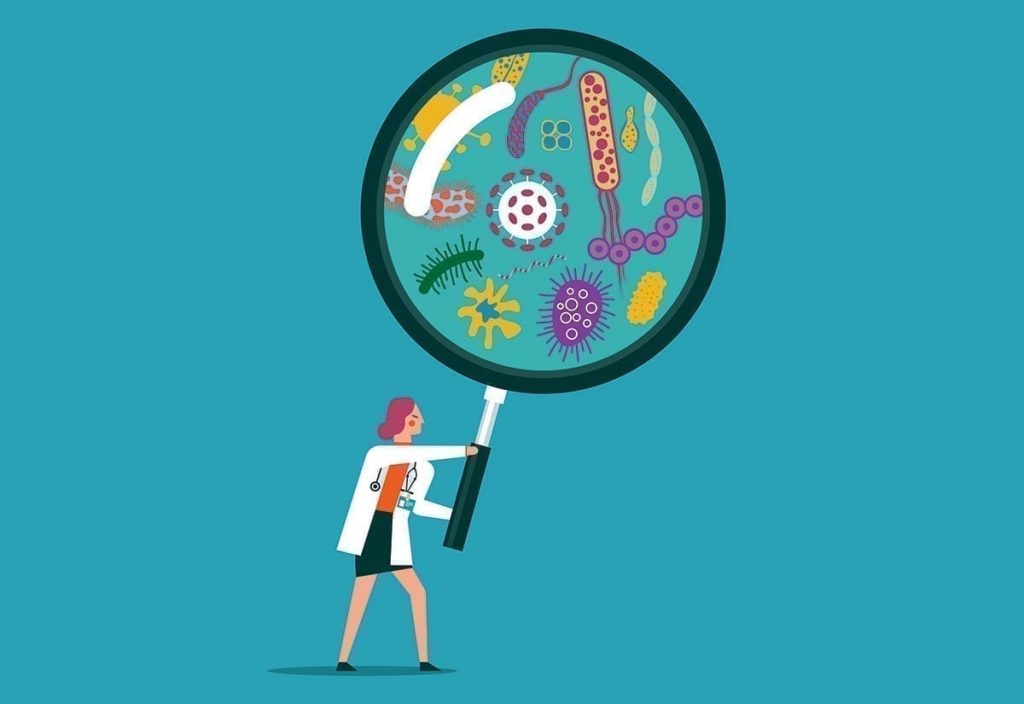
Cliche as it may seem, in the fight against the novel coronavirus, knowledge truly is power. Remembering and living by CDC guidelines may have a great impact on the health of individuals and communities at large. The best course of action for any citizen looking to protect their community is to always practice social distancing, wear a mask in public, utilize proper hand washing techniques, and stay informed about phased re-openings before planning a visit to any venue. To do your part, be sure to lead by example and work to inform friends and family about these life-saving safety tips!









